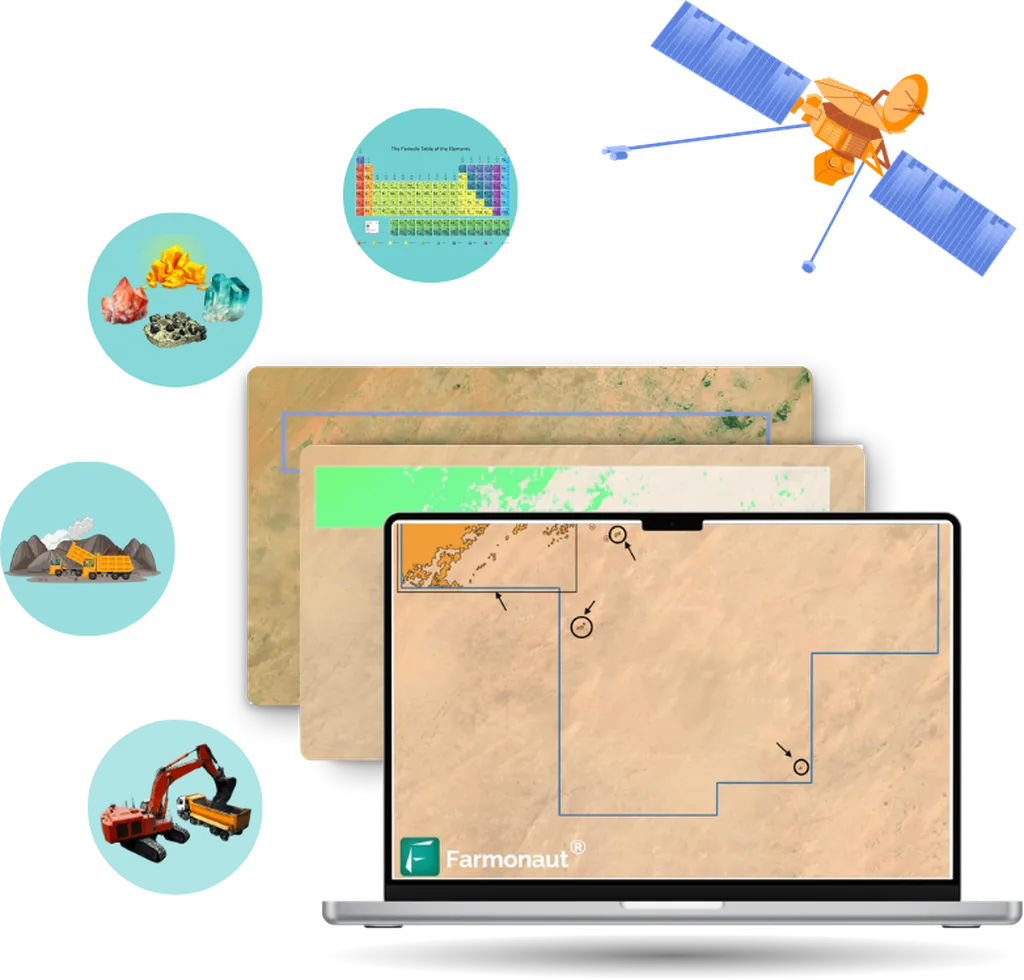In the quest to uncover the Earth’s hidden mineral wealth, scientists are turning to cutting-edge technology to fill in the gaps where traditional methods fall short. A groundbreaking study led by Chunyu Zhao from the State Key Laboratory of Remote Sensing Science at Beijing Normal University has introduced a novel approach that could revolutionize mineral exploration and energy sector operations. The research, published in the *International Journal of Applied Earth Observations and Geoinformation* (translated as *Journal of Applied Earth Observation and Geoinformation*), focuses on enhancing the resolution of satellite imagery, particularly in the short-wave infrared (SWIR) spectrum, to better identify alteration minerals—a critical indicator of potential mineral deposits.
The scarcity of high-resolution data in specific spectral bands, such as SWIR or thermal infrared (TIR), has long been a challenge for geologists and mineral explorers. These bands are crucial for detecting hydrothermal alteration, a process that often accompanies the formation of valuable mineral deposits. Zhao and his team addressed this limitation by developing a cross-band super-resolution (CBSR) method that leverages high-resolution visible and near-infrared data to generate enhanced SWIR imagery.
“Our method involves training a neural network on high-resolution visible and near-infrared data, then applying the trained model to generate high-resolution SWIR imagery,” Zhao explained. “This approach allows us to overcome the resolution limitations of existing SWIR data, providing a clearer picture of alteration minerals and their spatial distribution.”
The team validated their method using data from the advanced spaceborne thermal emission and reflection radiometer (ASTER) over the Duolong Cu–Au porphyry district. By employing Bayesian optimization, they achieved a peak signal-to-noise ratio of 43.17 dB, outperforming traditional methods. The CBSR-reconstructed SWIR imagery, when fused with principal component analysis, accurately delineated argillic alteration halos and ring structures, offering valuable insights for mineral exploration.
One of the most compelling aspects of this research is its potential for commercial impact. In the energy sector, accurate mineral mapping is crucial for identifying new deposits and optimizing exploration efforts. “This technology can significantly reduce the time and cost associated with traditional exploration methods,” Zhao noted. “By providing higher-resolution data, we can make more informed decisions about where to focus our exploration activities, ultimately leading to more efficient and effective mineral extraction.”
The study also demonstrated the generalizability of the CBSR framework by successfully transferring the ASTER-trained model to Sentinel-2 imagery. This adaptability across different sensor configurations highlights the versatility of the method and its potential for widespread application in various geological and environmental studies.
As the energy sector continues to seek sustainable and efficient ways to meet global demand, advancements in remote sensing technology like the CBSR method offer a promising path forward. By enhancing our ability to detect and map alteration minerals, this research could shape the future of mineral exploration, leading to more precise and environmentally conscious extraction practices.
In the words of Zhao, “This is just the beginning. The potential applications of our method extend beyond mineral exploration, offering new possibilities for lithological mapping, environmental monitoring, and even planetary science.” As the field of remote sensing continues to evolve, the CBSR method stands as a testament to the power of innovation in unlocking the Earth’s hidden treasures.

